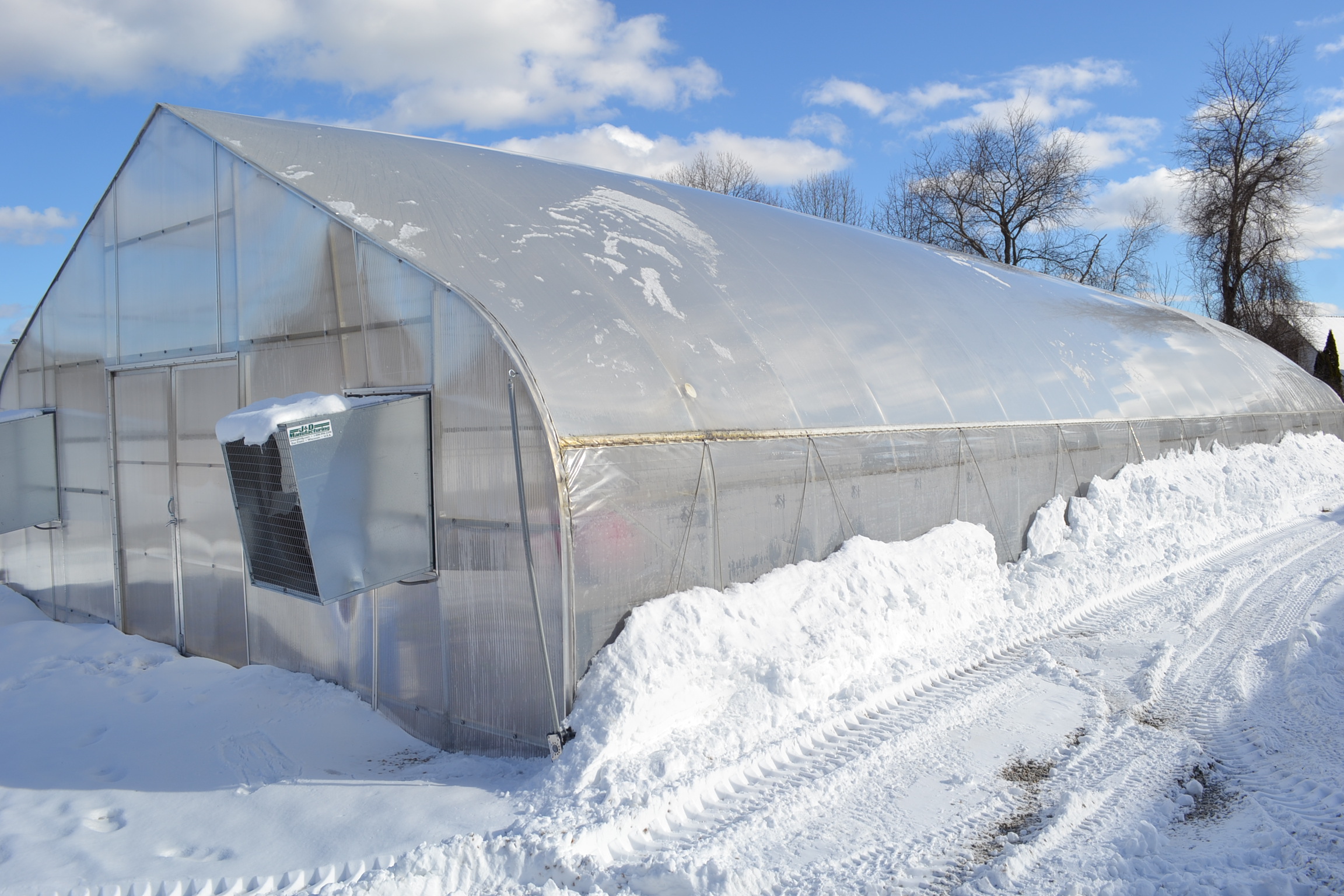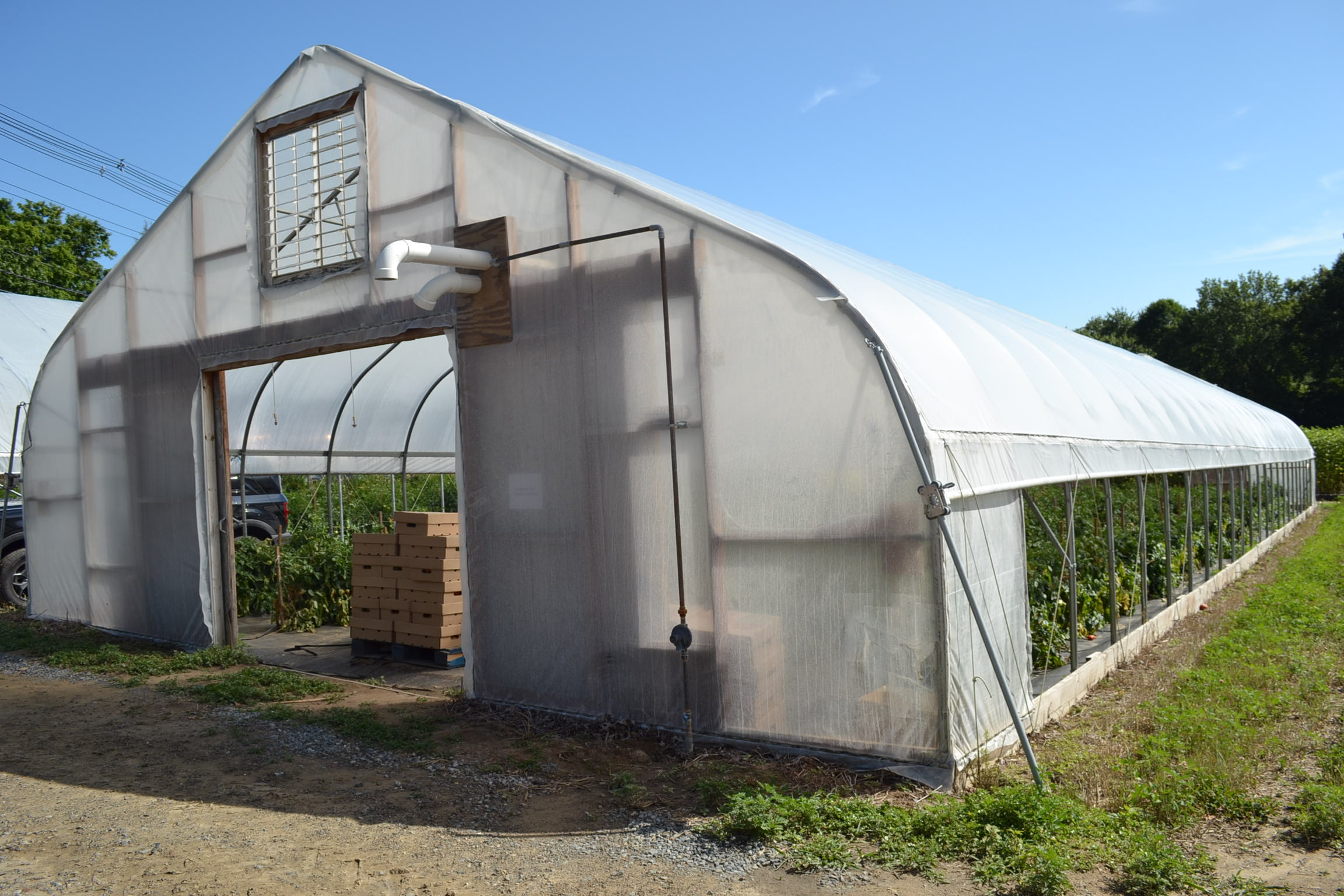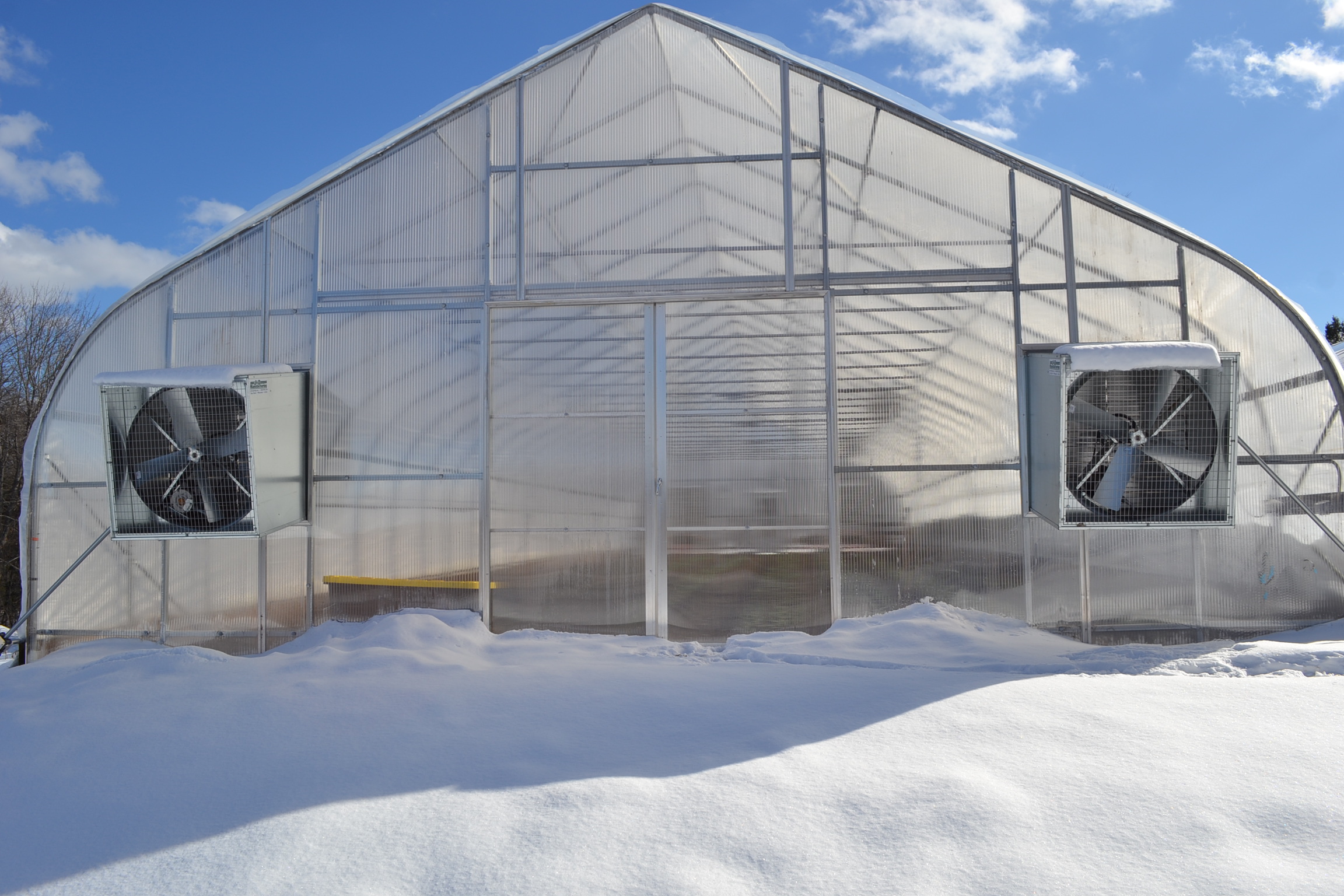The weather is a constant adversary for growers, and the agriculture industry is increasingly grappling with the unpredictable wrath of Mother Nature. Extreme weather events, including severe storms and prolonged droughts, have wreaked havoc on crop yields, jeopardizing food security and economic stability. Amidst this climate chaos, greenhouses can serve as a vital lifeline for farmers and growers by shielding harvests against the worst of the weather.
The frequency and intensity of extreme weather events has surged dramatically in recent decades. According to Climate.gov, in 2022, the U.S. experienced 18 separate weather and climate disasters that each cost at least one billion dollars. In total, damages from these 2022 disasters cost $165.1 billion.
Traditional open-air farming is increasingly vulnerable in the face of climate volatility. Crops that are exposed to the elements are subject to hailstorms, frost damage, excessive rainfall, and erratic temperature fluctuations. These extreme weather events ravage crop quality and yield, leading to devastating economic impacts for farmers and growers.
Greenhouses: Offering Resilience in Extreme Weather
Enter greenhouses as the guardians of modern agriculture. Greenhouses can enable crops to thrive year-round by harnessing the power of sunlight while shielding against adverse weather conditions.

Greenhouses offer many different features to safeguard crops from harsh weather. Polyethylene or polycarbonate coverings protect crops against wind, rain, hail, and UV rays, creating a microclimate where crops thrive. Ventilation systems regulate temperature and humidity levels, preventing overheating during heatwaves and minimizing moisture-related diseases in periods of excessive rainfall.
Greenhouse structures can also be fitted with manual or automated roll-up sides that allow growers to adjust airflow, optimizing growing conditions for different crops. For more advanced climate control, environmental control systems integrate real-time weather data into greenhouse management practices, allowing growers to optimize resources accordingly.

Beyond the physical protections they offer, greenhouses also provide added economic benefits for farmers and growers. By extending the growing season and enhancing crop quality, greenhouses bolster farm profitability and resilience in the face of climate volatility. Additionally, the ability to cultivate high-value crops year-round can open new market opportunities. The return on investment with greenhouse farming can be substantial.
How Rimol Greenhouses Are Designed Stand Up to Harsh Weather
At Rimol Greenhouses, our structures are specifically engineered to stand up to the toughest weather conditions in the U.S. Here are just a few of the differences that make a Rimol Greenhouse the strongest greenhouse on the market:
- All of our greenhouse frames have been load tested and certified for wind and snow load requirements, and we can back this up with engineering standards.
- Our structures have a 6:12 roof pitch for the best snow slide – more effective than a flatter pitch or an oval-shaped designed.
- Our greenhouse packages include wind bracing kits for all four corners, with two braces or more per corner.
- 4’ bow spacing with trusses on every bow is our standard, and Rimol structures are built with a single-piece half-bow – creating a stronger structure than one with wider bow spacing or a multi-piece half-bow.
- Rimol uses a cross connector to connect purlins to our greenhouse bows. We do not cut corners with cheaper straps or weaken our bows by drilling them.

Our greenhouses can be designed with many different features to accommodate your specific growing goals and climate concerns. Whether you are up against wind, snow, heat, rain, or drought, a Rimol structure can be customized to adapt to your exact requirements. Contact us today to discuss how a greenhouse can help you hedge against the weather and to determine which structure design is best suited for your climate needs.

